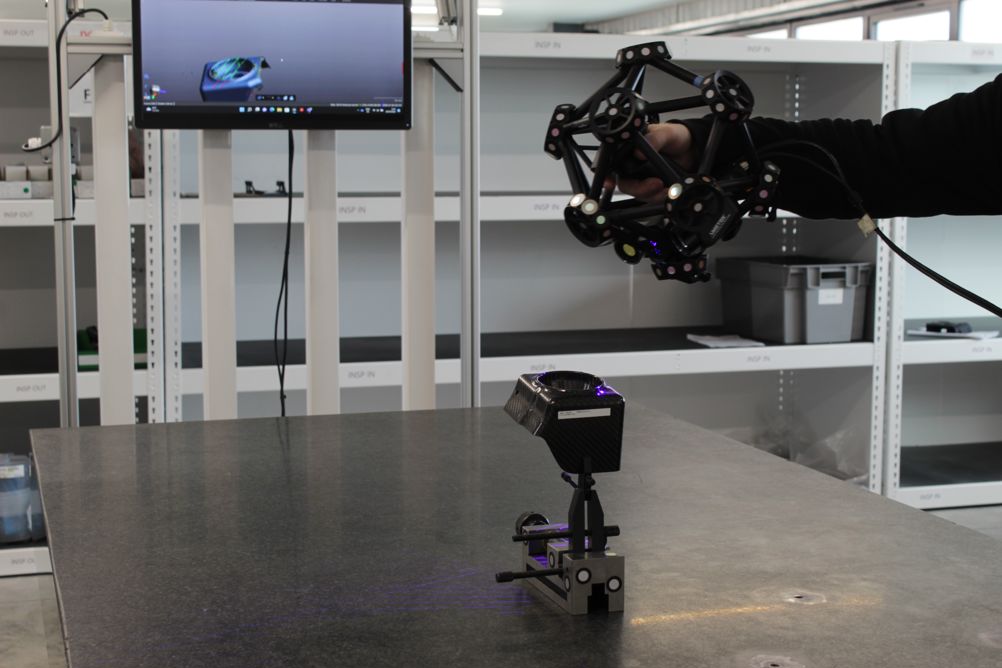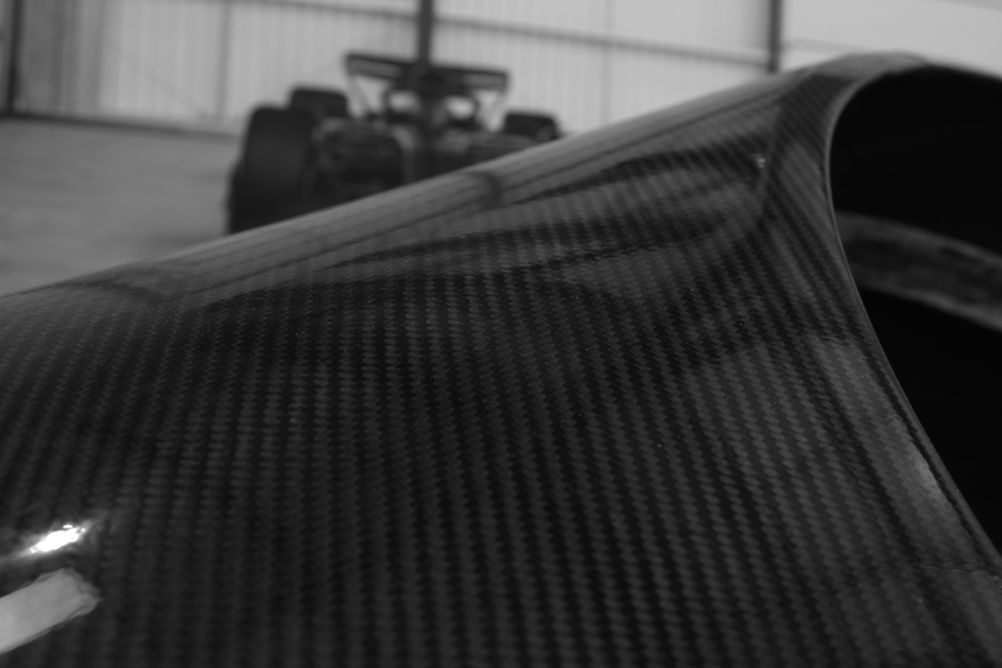Many motorsport teams and vehicle manufacturers make use of static show cars to increase their global marketing exposure as well as assist in design and engineering decisions. Whether they are to be used for fan engagement or technology demonstrations, accuracy and attention to detail are critical. While show cars of course differ to the vehicle they are designed to represent, they nonetheless provide their creators with a number of engineering challenges.
“Even fellow engineers are often surprised by the amount of work that goes into developing show cars for vehicle manufacturers and motorsport teams, like Formula 1,” explained Salter Kieron Salter, CEO of KWSP. “From design and mechanical engineering to electrical engineering and quality control, we bring it all together to create something that is perceivably identical to the real thing while also if necessary being different enough to protect IP and confidentiality.”
KWSP has worked extensively in the design and production of Formula 1 show cars and vehicle manufacturer concept vehicles, having completed more than 50 in the past decade. For motorsport projects, KWSP start the process with the original CAD geometry of the vehicle (or by 3D scanning the real car if data is not available) and then engineers the show car version.
“Success and accuracy depend on the quality of your data, so, it’s a step that we really take the time to get right. We then begin to engineer the vehicle’s design, building it up in Catia or Solidworks to complete the surfacing, solid modelling and technical drawings. Obviously, we have different considerations to the actual car, we are trying to match the visual quality and attributes, sometimes making subtle changes to improve the manufacturability of parts or making changes to protect IP, not necessarily recreate the vehicle itself.”

The team at KWSP assess all of the required components and grade them on a tier system, in order to understand which parts need to be most like the real vehicle. This also plays into material selection, with most show cars using a combination of metal, composite and polymer parts.
“We are fortunate to have our sister company, the Digital Manufacturing Centre, nearby. It specialises in metal and polymer additive manufacturing and allows us to produce components with very short lead times and no tooling investment. The nature of additive also means that we can often consolidate parts, improving ease of assembly, or quickly make jigs for composites or other fabrication methods.”
Much like a true race or road car, show cars can sometimes require a rather substantial supply chain. Managing this supply chain requires careful oversight and control, with show cars often destined to make their debut at specific events. Given that almost all of the parts involved are one-offs or very low volume, it is no simple task and confidentiality needs to be protected in cases of new product launches
“When you’re building show cars, all of the parts are in very limited quantities. For race cars, that is fairly straightforward, but if you’re talking about a new concept car from an established brand and model, the management required can match that of a production car, with dependence on the entire supply chain and occasionally linked into the prototype programme.”
Depending on the project there may also be additional bespoke requirements. For example, Formula 1 teams often request that additional replica steering wheels are created, as well as front wings and display stands. On the other hand, for OEM concepts, this could include integrating existing vehicle systems, like infotainment or a complete powertrain.
Fit and finish is perhaps the most important aspect of ensuring that show cars are up to the standard expected by Formula 1 teams and vehicle manufacturers. Given that the vehicles will spend most of their life under bright lights and taking centre stage, every panel must be perfect – especially when it comes to paint.

“For show cars, you need a world-class paint job, the demands are immense,” said Salter. “Their entire purpose is to be on display, among the public and industry, so we put a lot of time and effort into ensuring the perfect finish. For race cars, that also includes matching the livery and using exactly the same decals, adding to the authenticity. To the untrained eye, they look identical, which is kind of the whole point.”
Once paint and finishing are complete, the KWSP team moves to assembly – pre-fit and final fit. With extensive experience assembling actual race cars and hypercars, you might think that show cars would offer some welcome respite for the team. However, Salter points out that they bring their own challenges.
“As the vast majority of the parts are low volume and you are putting everything together for the first time, there is often a need for creative solutions. In an ideal world, everything would bolt together and you’d be finished, but anyone that has ever worked on a prototype vehicle or niche engineering project will know that it is rarely as simple as that. With that being said, by the time the cars are finished, they look exactly as envisioned.”
As some of the most expensive physical marketing assets in the world, show cars are a unique engineering challenge. While they may not require the rigour of their real counterparts, the burden to get them as close as possible presents some interesting engineering and delivery challenges. The next time you see a Formula 1 car on display, see if you can work out whether or not it is the real deal.

Kieron Salter is CEO of KWSP











UK Enters ‘Golden Age of Nuclear’
The delay (nearly 8 years) in getting approval for the Rolls-Royce SMR is most worrying. Signifies a torpid and expensive system that is quite onerous...